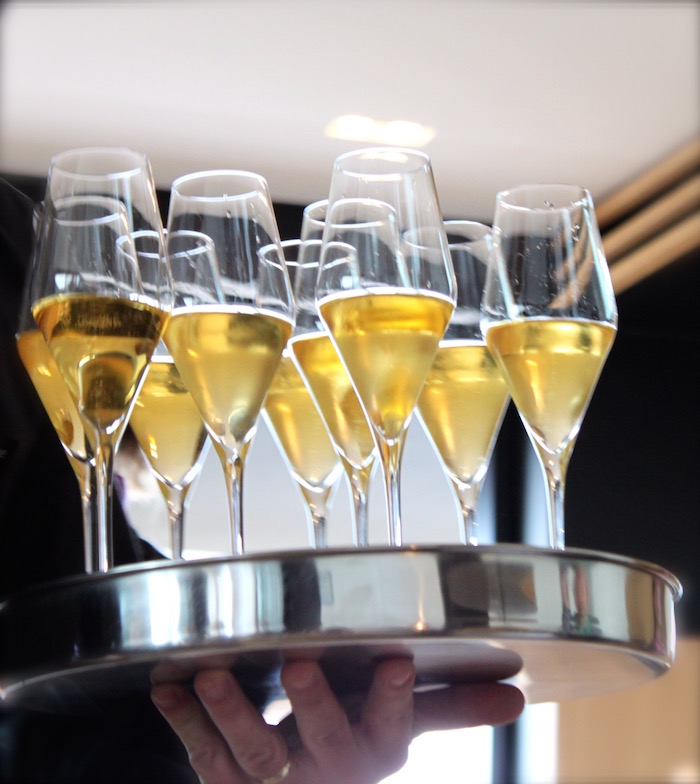Can there be such a thing as a natural champagne?

Champagne is not only a region but a specific method of winemaking predicated on certain procedures. The main manipulation is the addition of sugars and yeast to initiate the second fermentation in the bottle. If we were to be absolute about definitions, then only a natural, single fermentation would be classified as “non-manipulated”. A Pet Nat (for this is what it is) is about allowing the natural yeasts to devour the sugars inherent in the grape must, with the wine being bottled before the fermentation is complete (i.e. with residual sugar), whereupon the fermentation completes at its own pace in the bottle. The result of this is a wine that is different in every vintage (because the actions of the yeasts are always necessarily different).
For the traditional method, we would apply the same criteria as we would for other natural wines – namely, that the farming of the grapes should be organic or biodynamic; harvest should be done by hand with strict selection and reduced yields; the primary fermentation should be with ambient (wild)yeasts. No sulphur added during the winemaking and minimal/zero sulphur added at bottling. Natural malolactic. No dosage at all. No fining agents.
It should be noted that the vast majority of champagnes are mass-produced products made to a highly specific recipe. The quality of grapes is not paramount because the wine is undergoing a period of autolytic conversion or being blended with reserve wine to give it more complexity. Champagne also tends to be corrected by the addition of a dosage – which is a material flavour addition. The dosage compensates for the lack of ripeness of the base grapes.
A naturally made champagne will be vinous, rich, intense, leesy – there will be volume in the mouth and energy on the palate. The wine will reflect its vintage. It will capture a sense of the terroir and the grape. It will be dry, but because quality grapes have been used, the acidity will be supporting the fruit as opposed to being offset by the added sweetness. The element of control exerted – that is the addition of the sugar and yeast – may make the wine champagne, technically speaking, but it is not a chemical imprint and it is a traditional (if not ancestral) winemaking technique.
So the answer to the question is yes and no. On the one hand, homogenous sparkling wine processed to the nth degree versus wines made in a pure artisan spirit (putting the vineyard before the bubbles, so to speak). Or to put it another way, one method is the exaltation of process, the other the exaltation of terroir. If you taste wines often enough, you recognise what is a natural style and what is more evidently confected and there are some truly splendid examples of natural champagnes which are as much made in the vineyard as they are in the winery.

